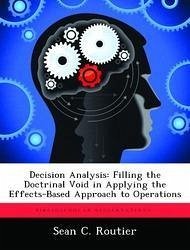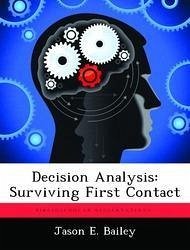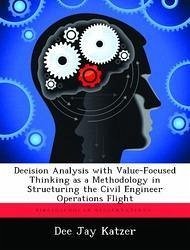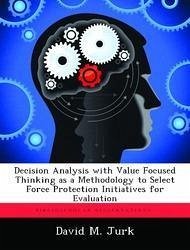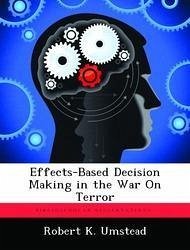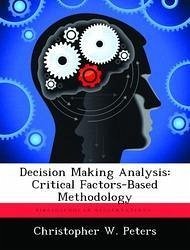
Decision Making Analysis: Critical Factors-Based Methodology
Versandkostenfrei!
Versandfertig in über 4 Wochen
58,99 €
inkl. MwSt.

PAYBACK Punkte
29 °P sammeln!
For planners and leaders to formulate plans in dealing with adversaries, at least a basic understanding of their decision-loop is necessary. This paper seeks to answer two basic questions in furthering the debate over decision-making analysis. The question is whether the time and effort required for such analysis leads to any tangible benefit and if it does, then what model might lead planners to a viable understanding of an adversary. Mirror-imaging, stereotyping, and other errors commonly lead to false assumptions leading to equally faulty solutions. Increased emphasis on decision cycles dur...
For planners and leaders to formulate plans in dealing with adversaries, at least a basic understanding of their decision-loop is necessary. This paper seeks to answer two basic questions in furthering the debate over decision-making analysis. The question is whether the time and effort required for such analysis leads to any tangible benefit and if it does, then what model might lead planners to a viable understanding of an adversary. Mirror-imaging, stereotyping, and other errors commonly lead to false assumptions leading to equally faulty solutions. Increased emphasis on decision cycles during mission analysis is necessary in order to reduce as much as possible the fog of war. This paper recommends a construct based on Dr. Strange's critical factors analysis for conducting a decision cycle analysis. This paper is an attempt to begin discussion on models useful to planners with relatively little international-relations experience who are still required to make such decisions.



